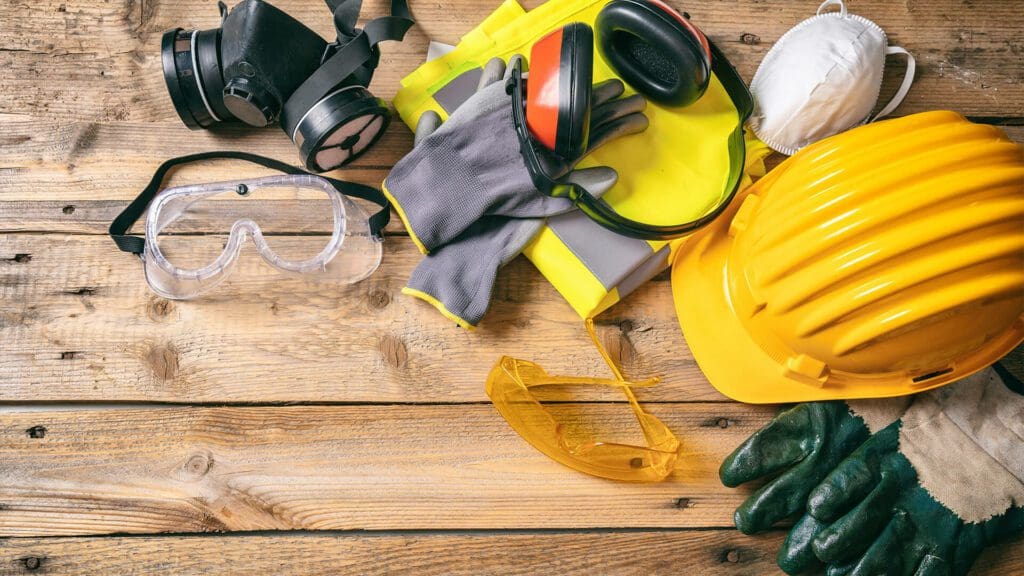In 2019 there were 5,333 workplace fatalities and more than $15 million in lost time injuries. On average 15 mothers, fathers, sons, or daughters won’t make it home from work today because of fatalities in the workplace. Clearly, safety in the workplace is a problem that hasn’t yet been solved.
Many companies talk about a creating a culture of safety. Thousands of man hours and millions of dollars are spent every year upgrading equipment and creating incentive programs to make safety the number one priority, but often with little improvement.
So why is there is no lasting change when so much money is thrown at safety programs and safety incentives? In the book Good to Great, James Collins says “Mediocrity results are first and foremost from management failure, not technological failure.”
Safety Culture Begins at the Top
I wish I had kept a record of the number of safety committee training meetings or leadership safety training meetings I have conducted over the years in which the leaders of the company were not there. What they don’t realize is that by not attending they have just sent the message: “Safety is important for you team leaders, or those guys out in the shop, but it’s not really that important to the company.” This is the first step to failure in building a culture of safety that will last.
If you are in management, an owner, or an officer in your company, it is imperative that you show your commitment to safety by being involved in the training. It will make all the difference in getting employees to work safe and be committed to work safe now and into the next generation.
Questions for Your next Safety Committee Meeting
To find out how you are doing at building a Culture of Safety ask these questions below at your next Safety Committee meeting.
As a company, what do we believe about safety?
- Do our people act safe all the time and believe it is the smart thing to do, or is safety something that is it only practiced when others are watching?
- What on-the-job behaviors do we demonstrate?
- Do we all wear the proper PPE regularly?
- Do we cut corners to save time, especially when increased production is being emphasized?
- If someone new was hired today, what would they say about how our company feels about Safety? Will they see it demonstrated immediately upon hire?
The Four Levels of Commitment to Safety
Developing a culture of safety begins by getting your people to believe in safety and to work safe for the right reason. This is the best way to develop a safety culture that will last. This involves getting your employees or team members to Level Four in their commitment to safety. You will have employees in every level. Through positive reinforcement you can get your whole company to Level 4. When you get there, you will have a “Culture of Safety” that will last now and into the future.
The four levels of commitment to safety are:
- Level One – I comply to safety when it is convenient for me.
- Level Two – I comply to safety when I must (someone is watching).
- Level Three- I believe in safety and comply for me, and for my family.
- Level Four- I believe in safety and I comply for me, my family, and those I work with.
To help management and workers move through these stages to reach level four, you can use what Robert Lober and Gregory Anderson, in their book Safety 24/7, call the ABCs of a culture of safety.
A is for the Activator. This is what we do to encourage a certain behavior or what must be done to expect a certain behavior.
B is for Behavior, and this means always watching for behavior that you want from your team members.
C is for Consequence, which means always giving positive feedback for the behavior you want. It is important to give feedback in the moment of choice, right when you see the positive behavior. The power of positive reinforcement cannot be overstated. To learn more about how to create real change in your organization, I would recommend the book Green Beans and Ice Cream by Bill Simms, Jr.
If leaders are involved and effective methods are used to reinforce the tone at the top, a strong and lasting culture of safety will become an integral part of who you are as a company now and in the future.


